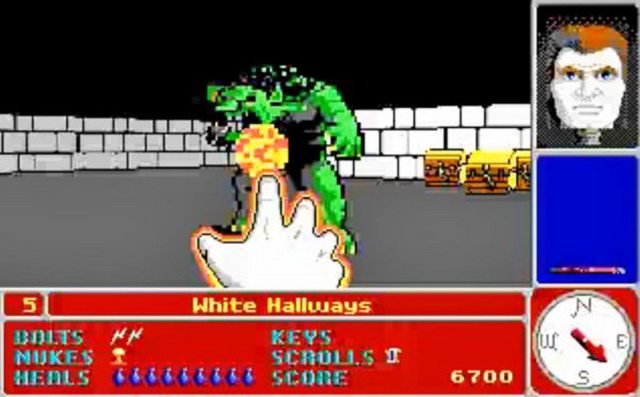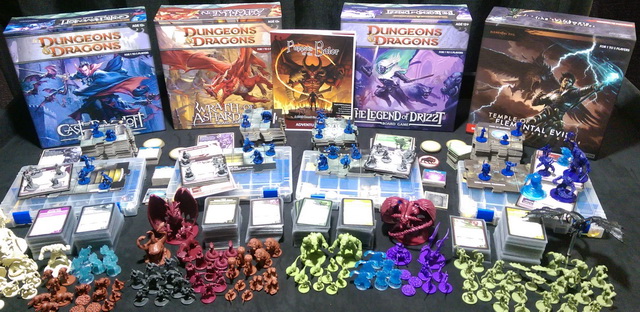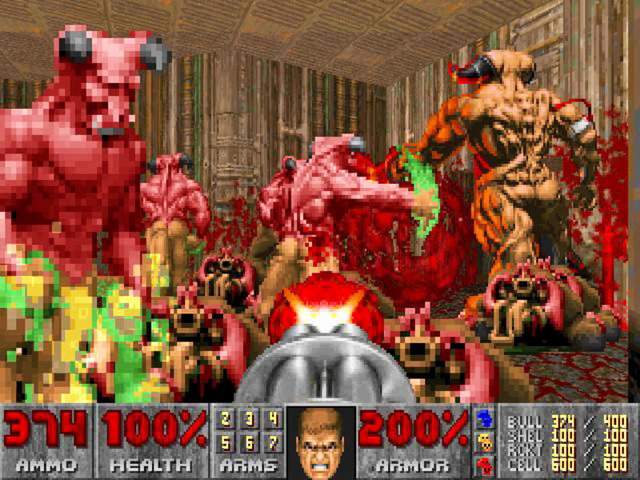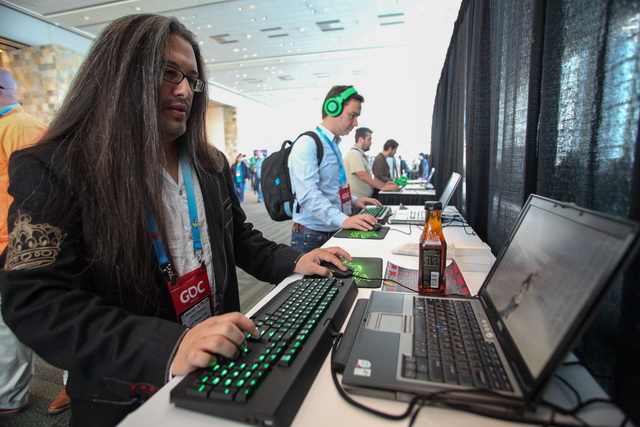Because the Doom series is about to celebrate its 26th birthday, and Doom Eternal is also coming soon, let’s look at the first Doom version’s birth.
When it comes to Doom, we immediately think of a unique game, representing the high-speed action, “hardcore,” and full of violence. Like Half-Life, nearly every gamer knows Doom’s reputation, has played through it or the titles that follow it, and all boiled up to the demonic killings of the old Doom Guy, the current Doomslayer. And when Doom Eternal – the latest version of the series is about to release, this is an excellent opportunity to see the first version’s birth.
Sources of inspiration
When Doom’s software, though, they didn’t think of their game as a first-person shooter. Like other Wolfenstein 3D or Catacomb 3D games of the same time, Mr. John Romero – one of the software’s founders, called Doom a “maze game” (maze). This is the name of a classic game genre when technology is still not advanced enough, so everything in a 3D game is square – from corridors, rooms to the terrain. Characters in the game will move in a 3D maze, with 90-degree perpendicular walls, divided into square grids that are just enough to fit an array of walls, a door, a drum, or a monster. Every game released in the early 80s of the last century was a maze game like this, from Might & Magic to Ultima, from Eye of the Beholder to Catacomb 3D.

Catacomb 3D, one of the maze game titles that made software want to make Doom.
Id Software is not out of this trend, but they want to make a maze game better than all their predecessors. Romero knew he could do this after seeing Wayout (1982), a game that showed it was possible to allow the character to rotate 360 degrees in 3D. Software took nine years to make such a 3D game (Hovertank One), but I wanted to be made Id Software very happy. From this achievement, Software “won the storm,” and after two years of development, we have the first Doom title launched in 1993.
The first idea
Let’s turn back the clock a little to talk about what happened during the development of Doom. Before Doom was born, John Carmack and John Romero were two members of a hard-working fan group of the Dungeons & Dragons board game, often gathering for entertainment. One of those games ended when Romero “accidentally” opened the gates of hell, causing the demons to flood the world and causing them to stop playing D&D for a long time.

Dungeons & Dragons are the inspiration for many games.
When software wanted to make a fascinating labyrinth game, they immediately thought of Dungeons & Dragons and the demons. Because both John failed to kill the demons in their board game, they wanted the player’s character to be able to prevent that. They also want the game to take place in a future setting to differentiate themselves from the context of World War 2 (Wolfenstein 3D was finalized by software and released in 1992, a year before Doom launched). Also, because software employees love the two movies, Alien and Evil Dead 2, they want to add a bit of horror, a little dark humor to the cherishing game.
With these basic ideas, Mr. Tom Hall – a famous designer of software – painted the Doom framework. Gamers will be on the satellite Phobos of Mars, where UAC Corporation is researching teleportation technology. In an experiment, they accidentally open the gate to hell. This is a unique setting because usually, people only think of hell in fantasy games set in the Middle Ages, but nobody thinks of finding hell in space. Besides, Evil Dead 2 also makes chainsaws and shotguns appear in Doom, paving the way for decades to storm the two weapons in shooting games.

Successful
Everyone knows that Doom was a massive success from the start, but you probably don’t know how successful it was. It is estimated that about 20 million gamers have played through Doom in the first two years, making the game extremely popular and having a large fan community, paving the way for the FPS genre outbreak. And yet, it is also a pioneer in using 3D graphics, online multiplayer, and mod support through WADs, and creates a wave of titles called collectively “Doom clones” throughout the ’90s.

John Romero at GDC 2013.
When a studio makes a successful game, they will begin to be under pressure from both gamers, journalists, and colleagues in the industry because everyone wants to see them create games that deserve the reputation. But this probably does not exist inSoftware because, according to Mr. Romero, the only pressure comes from the studio itself when they want to make exciting games. “What other people think or say doesn’t matter, such as” too satan “criticism – we don’t care,” Romero said of his game-making life. “It can’t stop us from doing what we want. Nobody can always make the best games! ”
But Doom is an exception with software because it is the only game that the development team always says to make the best game possible. Perhaps that is why they continue to succeed with Doom 2, Doom 3 and once again shocked the reboot version of Doom launched in 2016.
A regret
Although Doom has been so successful, Software still has one thing that is not satisfied with the game. Romero said he wish the software had more time to create more screens for Doom. This is because they were swamped during 1992-1993 because Wolfenstein 3D was just released, design leader Tom Hall left, and Sandy Petersen took the position. When taking office, Mr. Sandy had to dig back all that Mr. Tom Hall had created and modified or expanded them if necessary.

From left to right: John Carmack, Kevin Cloud, Adrian Carmack, John Romero, Tom Hall, Jay Wilbur.
Meanwhile, Mr. Romero himself “flooded the neck” in a mountain of work ranging from creating a Level Editor for the game, programming every detail that happens in a game screen, a save – load feature, an installation app ordering games, protecting copyrights. This amount of work made Mr. Romero express that he did not have much time to create screens for Doom, which was the only thing he felt regretful. “I still think Doom is excellent, but it could be even better,” concludes Software co-founder.











